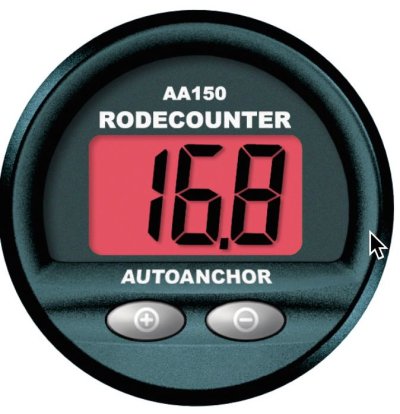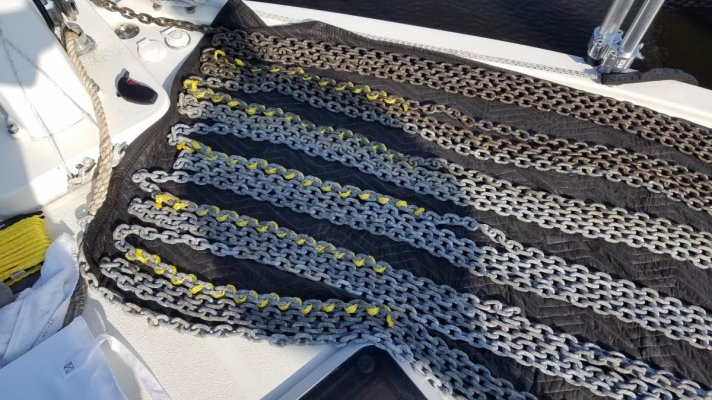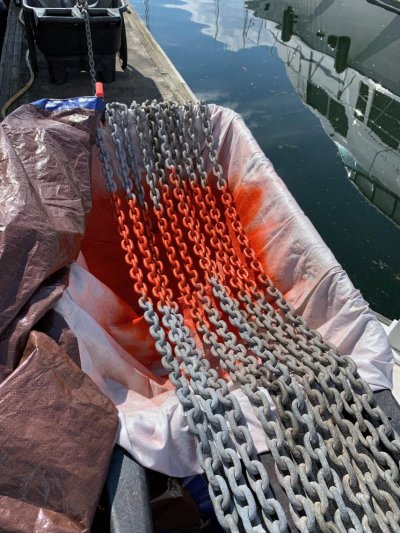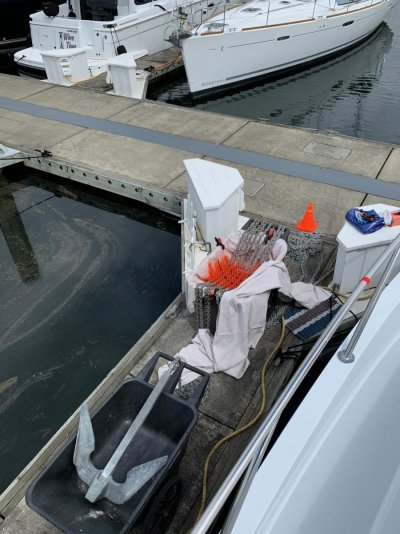jefndeb
Guru
Hello,
The PO had this anchor scope cheat sheet laminated to a side wall in the anchor well. It was getting raged but he emailed me his original copy.
I just thought I would share it to see if anyone else may need one or have one to share.
Not sure this one is the best but its up for grabs. I have the excel file as well if interested.
Jeff
The PO had this anchor scope cheat sheet laminated to a side wall in the anchor well. It was getting raged but he emailed me his original copy.
I just thought I would share it to see if anyone else may need one or have one to share.
Not sure this one is the best but its up for grabs. I have the excel file as well if interested.
Jeff









 ), who pay thousands for electronic whateverelses, like money's no object, about the benefits of a chain counter, and it still falls on deaf ears. Yet they'll go to all sorts of lengths to make up a DYI way of counting length of anchor rode out. However, unless and until something prompts them to think outside the box and actually try one, they'll never listen, so we should just save out breath and let them keep doin' what they enjoy doin' in my view. Even though they are depriving themselves of the real joy of installing one for themselves, which I can vouch is actually very easy - even for me, and ex-medico with no tradie experience whatsovever..!
), who pay thousands for electronic whateverelses, like money's no object, about the benefits of a chain counter, and it still falls on deaf ears. Yet they'll go to all sorts of lengths to make up a DYI way of counting length of anchor rode out. However, unless and until something prompts them to think outside the box and actually try one, they'll never listen, so we should just save out breath and let them keep doin' what they enjoy doin' in my view. Even though they are depriving themselves of the real joy of installing one for themselves, which I can vouch is actually very easy - even for me, and ex-medico with no tradie experience whatsovever..!


 . It's a good concept... any pilots know the value of quick reference checklists and data. So... I added some easy instructions and now my old memory can understand my own chart.
. It's a good concept... any pilots know the value of quick reference checklists and data. So... I added some easy instructions and now my old memory can understand my own chart.